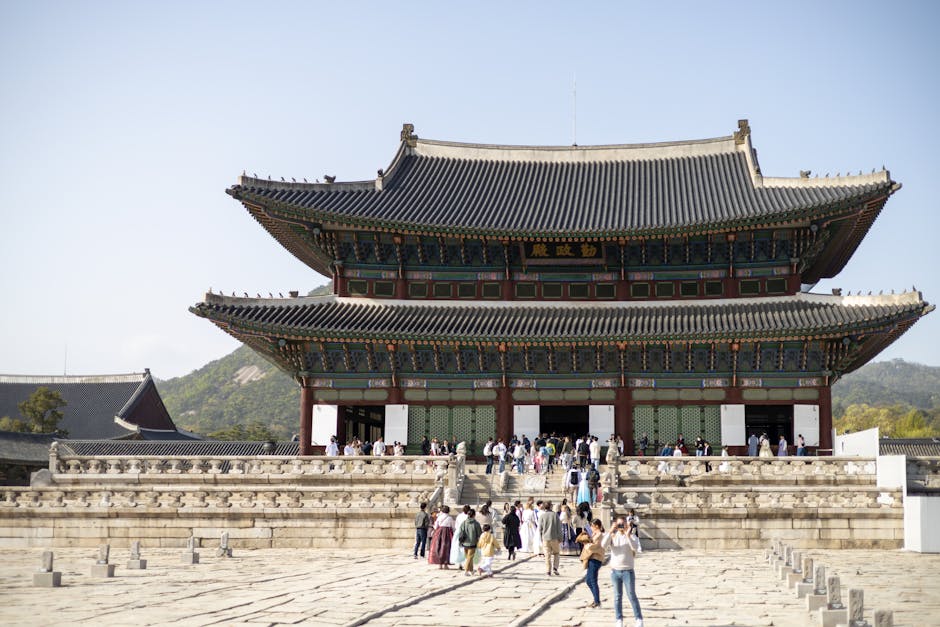Introduction
On August 15, 2025, South Korea's President Lee Jae-myung marked the 80th anniversary of Korea's liberation from Japanese colonial rule with a significant announcement. He expressed his intention to restore a 2018 military agreement with North Korea aimed at reducing border tensions. This move is seen as an effort to rebuild trust and revive dialogue between the two nations.
Background of the 2018 Military Agreement
The 2018 military agreement, officially known as the Comprehensive Military Agreement, was signed on September 19, 2018, by South Korea and North Korea. The agreement was a key outcome of a summit between then-South Korean President Moon Jae-in and North Korean leader Kim Jong-un. The pact included measures to reduce military tensions and prevent accidental clashes along the Demilitarized Zone (DMZ), the buffer zone between North and South Korea.
Key Provisions of the Agreement
The agreement included several key provisions:
- A halt to all hostile acts against each other.
- The establishment of a joint liaison office.
- The removal of guard posts within the DMZ.
- The disarming of the DMZ.
- The implementation of a comprehensive military agreement to end the state of war.
Current Tensions and President Lee's Overture
The announcement by President Lee Jae-myung comes at a time of heightened tensions on the Korean Peninsula. North Korea's leader, Kim Jong-un, has been pursuing nuclear and missile programs, leading to increased military activities and rhetoric from both sides. Additionally, North Korea's deepening ties with Russia, particularly in the context of the war in Ukraine, have contributed to the complex geopolitical landscape.
President Lee's Statement
In his address, President Lee Jae-myung urged Pyongyang to respond to Seoul's efforts to rebuild trust and revive dialogue. He emphasized the importance of restoring the 2018 agreement as a step towards easing tensions and promoting peace on the Korean Peninsula.
International Reactions and Implications
The international community has been closely watching developments on the Korean Peninsula. The United States, in particular, has been involved in discussions regarding North Korea's nuclear program and has imposed various sanctions on Pyongyang.
Expert Insights
Conclusion and Future Developments
The restoration of the 2018 inter-Korean military agreement is a significant development in the ongoing efforts to achieve peace and stability on the Korean Peninsula. The coming weeks and months will be crucial in determining whether North Korea will respond positively to President Lee Jae-myung's overture and engage in dialogue with South Korea.
Additional Context
The Korean Peninsula has been a focal point of international attention due to the ongoing tensions between North and South Korea. The region's complex history, including the Korean War (1950-1953) and the subsequent division of the peninsula, has contributed to the current state of affairs.
Historical Context
The division of Korea into North and South following Japan's defeat in World War II led to the establishment of two separate governments. The Korean War further solidified this division, resulting in the creation of the Demilitarized Zone (DMZ). Since then, the region has experienced periods of heightened tension and relative calm, with various agreements and summits aimed at achieving peace and reconciliation.
